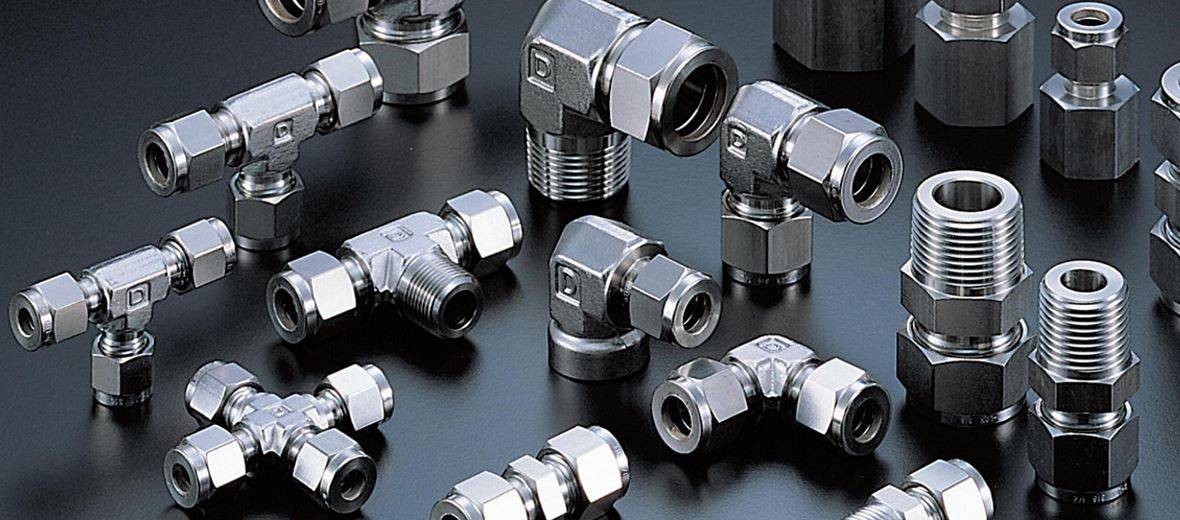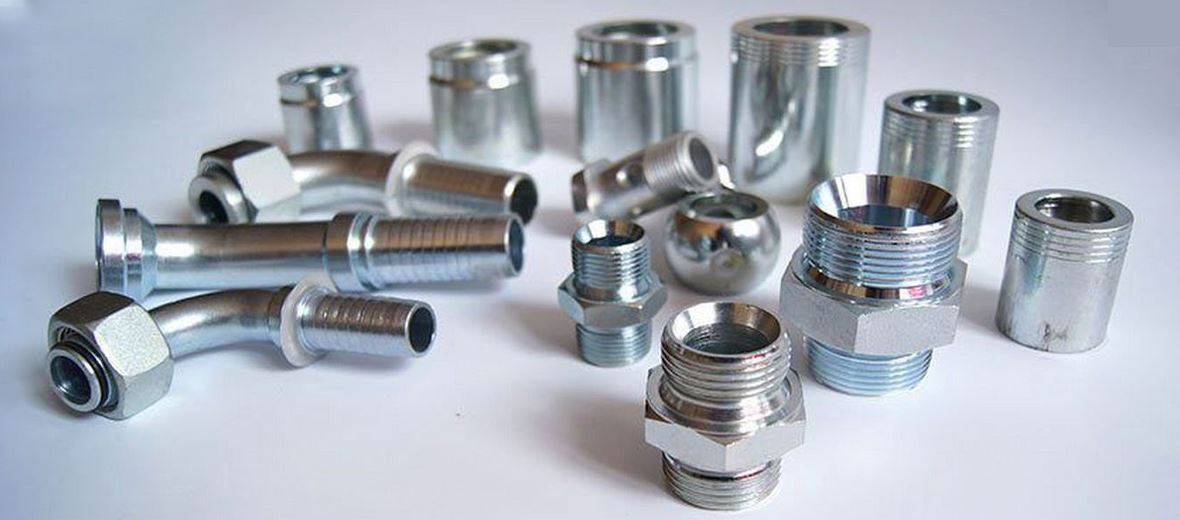Buy Top-Quality Ferrule Fittings & Instrumentation Fittings
About Us - Leading Ferrule Fittings & Instrumentation Fittings
Nakoda Metal Industries is a well-known manufacturer, supplier, and dealer of Ferrule Fittings, Instrumentation Tube Fittings, High Pressure Tube Fittings, Hydraulic Fittings in India. Our products come in a variety of grades, diameters, lengths, and sizes. Nakoda Metal Industries offers an unrivaled selection of grades to satisfy clients' needs.
We provide a wide variety of Ferrule Fittings to our clients with after-sales customer support by guaranteeing that every product is of excellent quality and delivered on time. We are a well known Instrumentation Tube Fittings Manufacturer in India and export to over 20 countries. We have been in this field for over decades, and our total expertise exceeds 10+ years. We prioritize collaborating with clients to better understand their needs so that we can provide the finest solutions possible. Our manufacturing unit includes an R&D section committed to improving the quality of our plant's SS Ferrule Fittings, Instrumentation Tube Fittings, High Pressure Tube Fittings and Hydraulic Fittings.
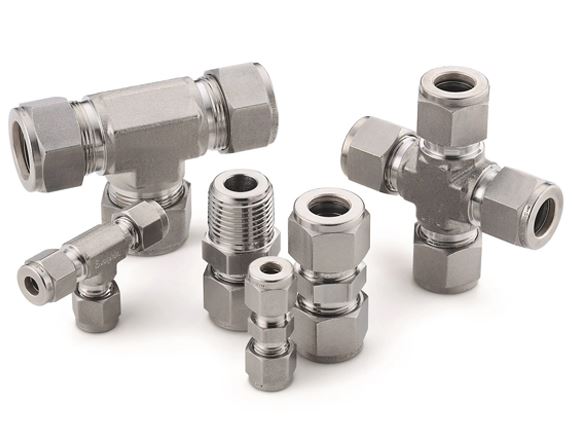
Why Choose Nakoda Metal Industries for Ferrule Fittings & Instrumentation Fittings?

Countries Served

Years Of Experiences

Projects Completed

Happy Client's
Our Main Tube Fittings Products
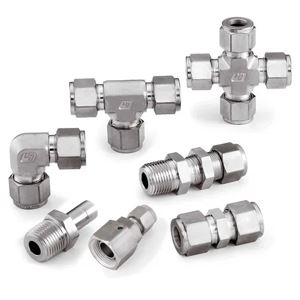
Ferrule Fittings consist of a tapered sleeve (ferrule) and a nut, creating a secure and leak-resistant connection with the pipe or tube. Ferrule fittings are easy used in plumbing, HVAC, and automotive industry.
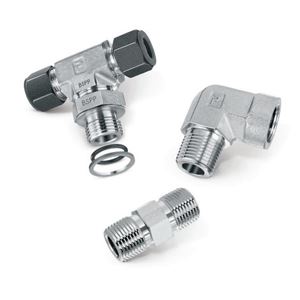
Instrumentation Tube Fittings Manufacturer
Instrumentation Tube Fittings are made specifically for systems which require accuracy and precision in measurement and control.
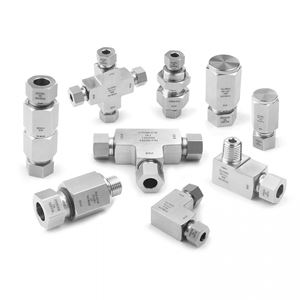
High Pressure Tube Fittings Manufacturer
High Pressure Tube Fittings are specially used to join pipes or tubes in systems that require secure connections. These fittings are built to withstand high pressure environments, ensuring leak-free and reliable performance.
Why Nakoda Metal Industries is best ?
- Raw Material Selection
- Manufacturing Process
- Testing and Inspection
- Certification
- Customer Feedback
- Products with uniform Wall Thickness
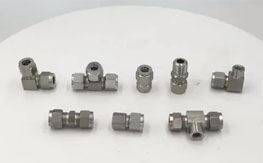
Nakoda Metal Industries is a well-known Manufacturer and Supplier of high-quality Ferrule Fitting and Instrumentation Fittings. Ferrule Fitting and Instrumentation Fittings are used in a wide range of industries, including chemical, petrochemical, oil and gas, and pharmaceuticals. They are also used in instrumentation and process control systems, where a leak-free and reliable.
Boosting Growth with Your Valuable Feedback

I recently acquired Stainless Steel Ferrule Fititngs, these fittings properly manage the flow, even under high pressure, and installation was a delight.
Kiran Gaikwad
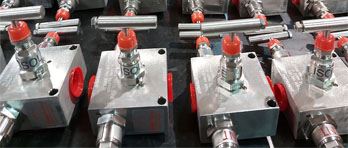
I bought Manifold Valves, and they have proven to be a great investment! I strongly recommend them for their dependable sealing in difficult conditions.
Azim Shaikh
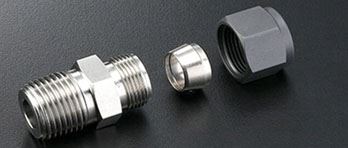
Nakoda Metal Industries manufactures 304 Stainless Steel Tube Fittings from superior quality materials in a variety of grades, sizes, and specifications.
Bharat Malhotra
Contact Us Right Now
Contact us today for high-quality Ferrule Fitting and Instrumentation Fittings at the most competitive price you'll not find anywhere else but at Nakoda Metal Industries.
Get In Touch
Industries We Serve
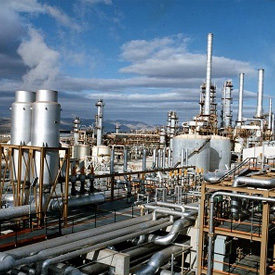
Petrochemical Industries
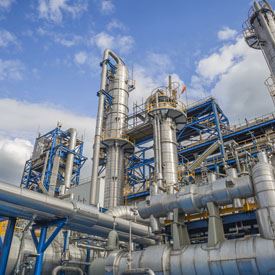
Chemical Industries
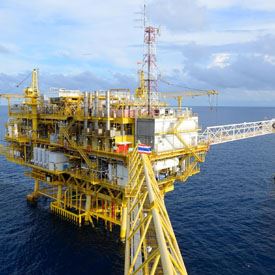
Oil & Gas Industry

Fertilizer Industry


